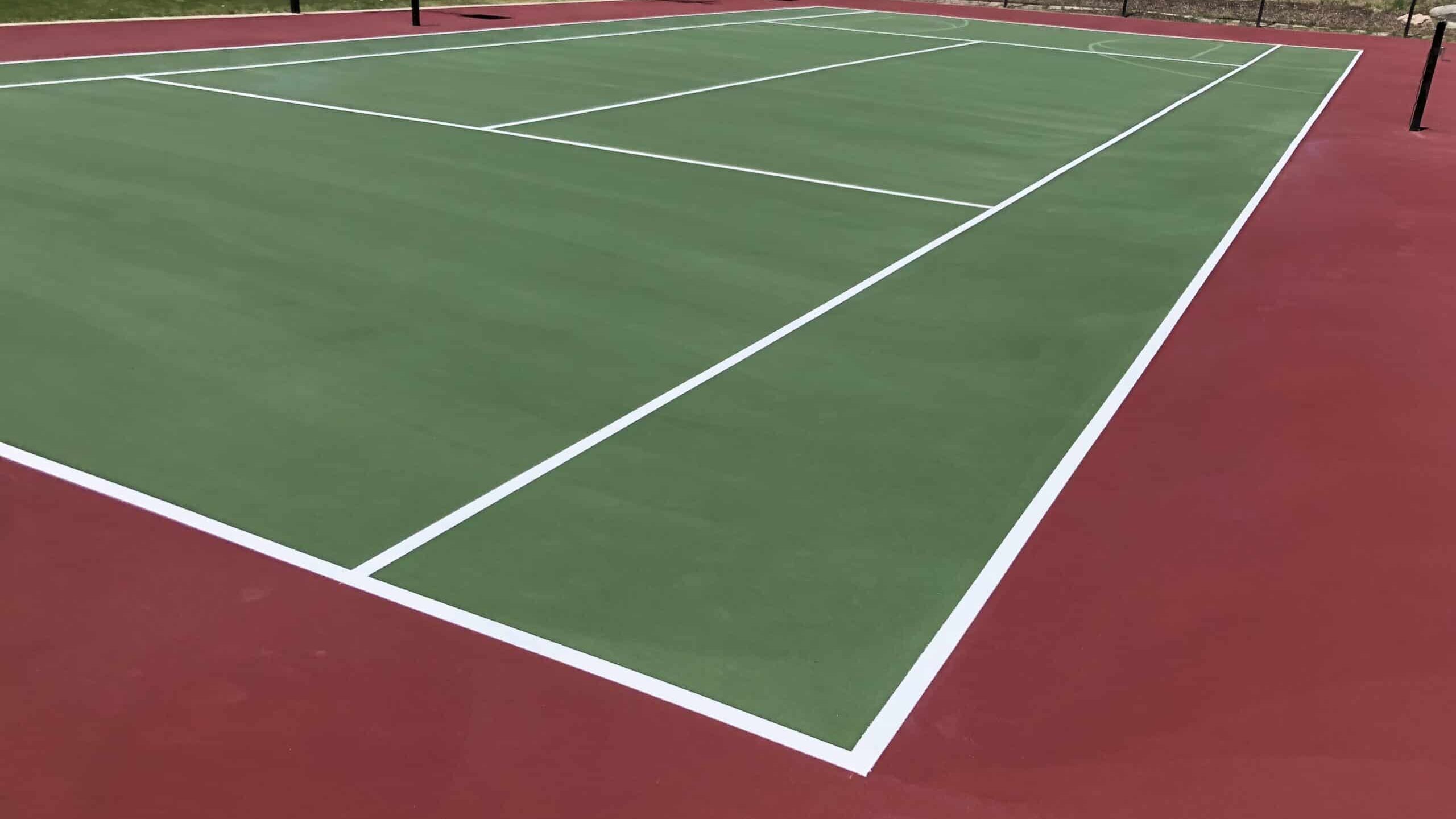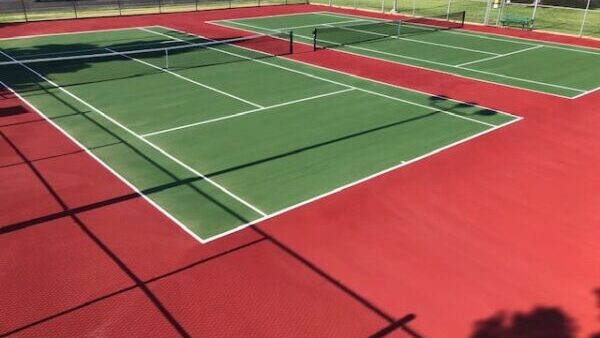
When it comes to designing a sports court, not only are performance and aesthetics important, but so is surface texture. This crucial, often overlooked factor plays a significant role in athlete safety. From basketball courts to tennis courts, the texture beneath your feet can directly impact the risk of injury — and here’s how.
Why Surface Texture Matters
The surface texture of a sports court influences traction, shock absorption, and player movement. Whether it’s a basketball game, tennis match, or volleyball practice, athletes rely on the court’s surface to provide stability and absorb the impact of their steps. Poor surface design can lead to slips, falls, and even excessive joint stress — putting players at a greater risk of both acute and overuse injuries.
Traction and Grip
A textured surface, especially one with anti-slip coatings, provides better grip, helping players make quick directional changes without slipping. If a court is too smooth, it can cause instability for players, and if it’s too abrasive, it could increase the risk of skin abrasions and falls. The most optimal court surface provides just enough resistance to keep players grounded while allowing fluid movement.
The three levels of sports court surface friction are:
Dynamic friction — This level controls how the surface responds during movement.
Static friction — This determines the initial grip when starting or stopping.
Surface pattern depth — This affects the overall traction consistency.
Shock Absorption
Surface texture and materials work together to absorb the shock from running, jumping, and landing movements, reducing the stress on athletes’ joints. In addition, the surface texture contributes to energy return, which affects athletes’ endurance during extended periods of activity.
Sports that involve jumping — like basketball and volleyball — require surfaces that can reduce the load on joints during landings.

Weather Resilience
Outdoor sports courts face many weather challenges, from rain and heat to wind and UV exposure; many natural elements can degrade surface quality. Textured surfaces can channel water away, reducing the chance of standing water and slick spots and preventing slips from injuries. Many modern surfaces include micro-textures that maintain performance even when damp, keeping players safer during unpredictable weather.
Court Consistency
Uneven texture can lead to inconsistent traction, increasing the risk of injuries, such as rolled ankles or twisted knees. A professionally installed surface ensures the entire surface is uniform, allowing you to feel safe and perform your best without second-guessing.
Sport-Specific Needs
Different sports require different surface textures. For example, sports like volleyball and basketball that have quick turns and jumps need a texture that is smooth enough for seamless movement but textured enough to prevent slips. A tennis court needs a balance between slide and grip. Surface engineers tailor the texture to match the sport’s movements and risk profile.
Consulting with a sports surfacing professional ensures that your court’s texture meets the needs of your athletes.
Maintenance: The Unsung Hero
Even the best-designed surface can become a hazard if not properly maintained. Dirt buildup, wear and tear, and fading texture can compromise grip. To take care of the court surface:
Regular Cleaning and Debris Removal — Regularly sweep and remove debris like twigs, leaves, and dirt. For stubborn dirt, use a mop or soft wash with a pressure washer. If something spills on the court, use a soft cloth and a gentle cleaning solution to clean it up before it sent into the surface.
Regular Inspections — Regularly look for peeling, cracking, or other forms of damage and address them as soon as possible. Damage to your court can be dangerous for players and cause long-term issues for your court.
Resurfacing — You should resurface your court every five to eight years as it naturally ages. You should also consider resurfacing your court if you notice signs of deterioration, such as fading color, visible cracks, or mold growth.

Innovations in Surface Design
Modern sports courts may now incorporate advanced elements such as modular flooring systems and customizable surface textures. Technologies now allow precise control over texture patterns, including micro-embossing and layered finishes, which enhance durability and performance and minimize injuries.
Optimal Sport Court Texture Means Fewer Injuries
While the shoes athletes wear and the time they practice help minimize the risk of injuries — the surface of the court they play on is also critical in performance and protection. Understanding the science behind surface texture can lead to better court design, smarter maintenance, and ultimately, fewer injuries. Player safety starts at the foundation, so the next time you step onto a court, take a moment to appreciate the surface — it’s doing more than you realize.

Leave a Reply